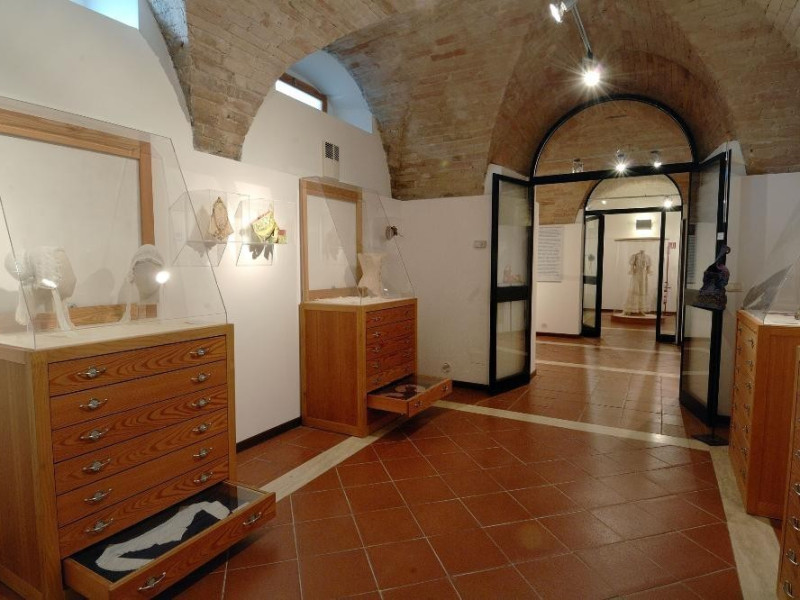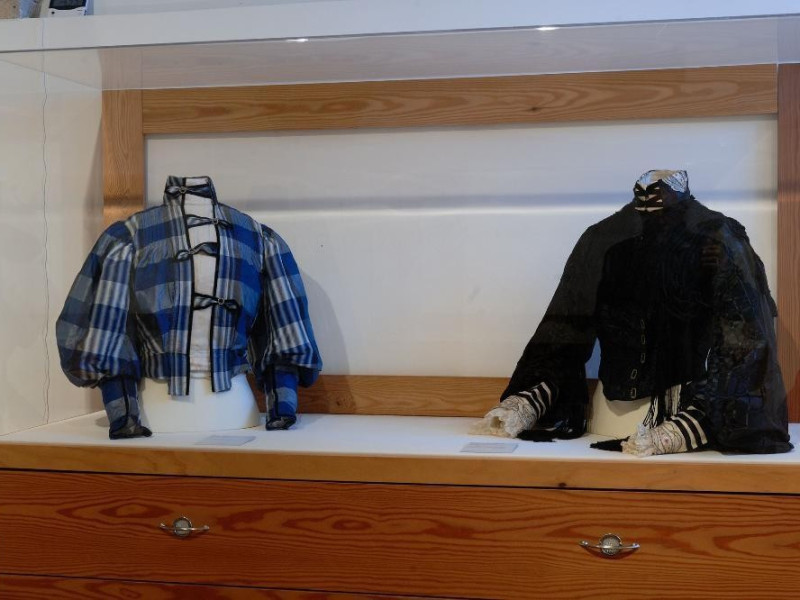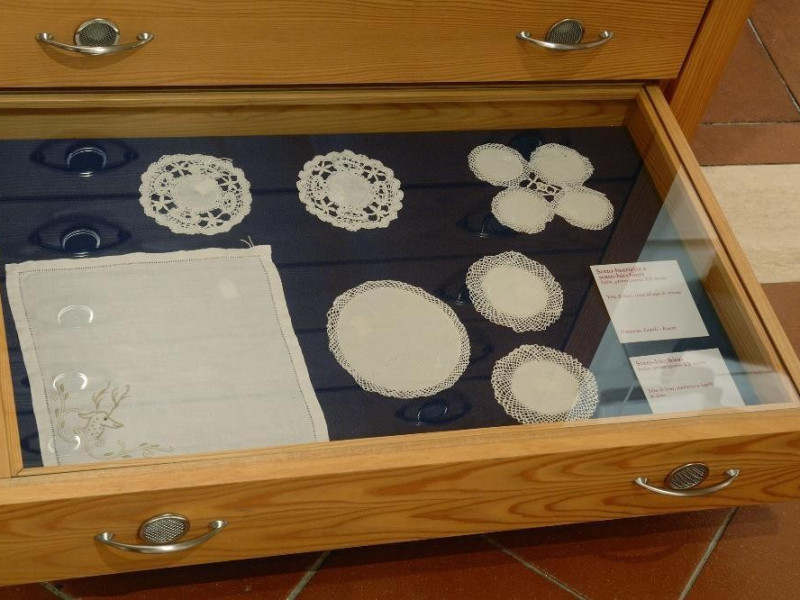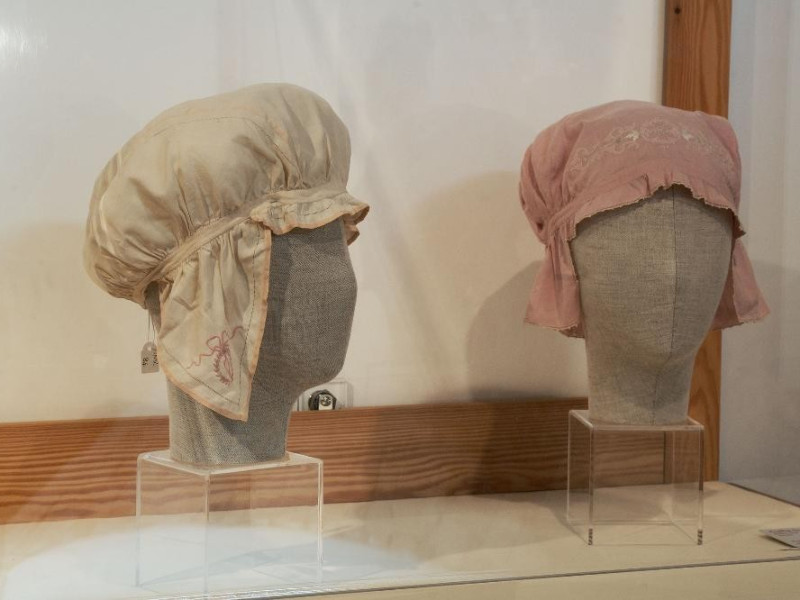Luogo - Museum
Museo del ricamo e del tessile
Where
via Gorizia, Valtopina (Perugia)
Embroidery and Textile Museum
The Museo del Ricamo e del Tessile is located in Valtopina, on the ground floor of the Municipal building, an exclusive early 20th century palace.
The collection has about four hundred pieces subdivided into three sections: Ladies’ fashion, Lingerie, Household Linen. It illustrates the fundamental changes and simplifications Fashion went through at the end of the 19th and beginning of the 20th century.
The inauguration of the Embroidery and Textile Museum, launched in 2007, was made possible thanks to a number of donations that were given starting in 2000, which regrouped manufactures belonging to historical families of Foligno, Spello and Perugia at first, and then this extended to other regions like Tuscany and Liguria. An important element that contributed to the birth of the collection was the presence of the School of Embroidery in Valtopina. Fostered by the Pro Loco institution, it contributes to keeping the traditions of minor arts alive, a kind of activity that is very important in small built-up areas of Umbria. The Museum collection is subdivided into three sections, Ladies’ fashion, Lingerie and Household Linen, which display about four hundred pieces.
The first section highlighting Ladies’ fashion, shows the simplification Fashion underwent at the end of the 19th and beginning of the 20th century through its precious ladies’ clothes.
The second section, dedicated to Lingerie, highlights how this product has had new and refined solutions that enrich petticoats, corsets and camisoles, blouses and night-gowns, night caps, long johns, stockings and handkerchiefs with a profusion of embroidery and laces and white on white or pastel colored embroidery, between the 19th and the 20th century. A particular attention is reserved for newborn baby sets and baptismal ceremony sets.
Finally, the third section, dedicated to Household Linen highlights how young women collected their “imparaticci”—embroidery practice samples—with which they learned the technique, from when they went to boarding school.
The exhibition of the linen makes it clear that, notwithstanding the introduction of colored sheets during the Second Empire, the trousseau would still remain tied to embroidery and white textiles for a long time. Decorative patterns are in prevalence floral—symbolizing happiness and love—and bows or “knots of love” as well.








